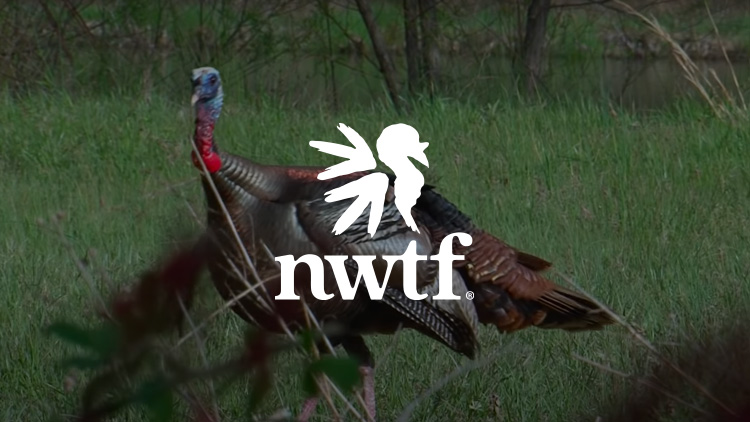Originally posted by Redraider
View Post
I heard this as well and we experienced our worst spring other than the 2010 drought on our place for turkeys in 2020 and a slight drop off in 2019. We had a lot of turkeys in the several seasons before. A lot of hens (groups of 40-60) and Toms (groups of 15-20) but the jakes were awol that last year before the drop offs. Whether it was a bad hatch or some kind of disease/ die off, it was poor sightings and poor hunting for Toms the past two seasons . This season lead up has been quite the opposite. The jakes from the 2 years past have matured and our numbers are pretty good....plus the hens are in good numbers again as well. Gotta keep thumping the coons, foxes and skunks though.!

 That’s an interesting idea. I can’t imagine that it’s actually correct though. Just for record, according to my wife, I have been wrong before!
That’s an interesting idea. I can’t imagine that it’s actually correct though. Just for record, according to my wife, I have been wrong before! 

Comment